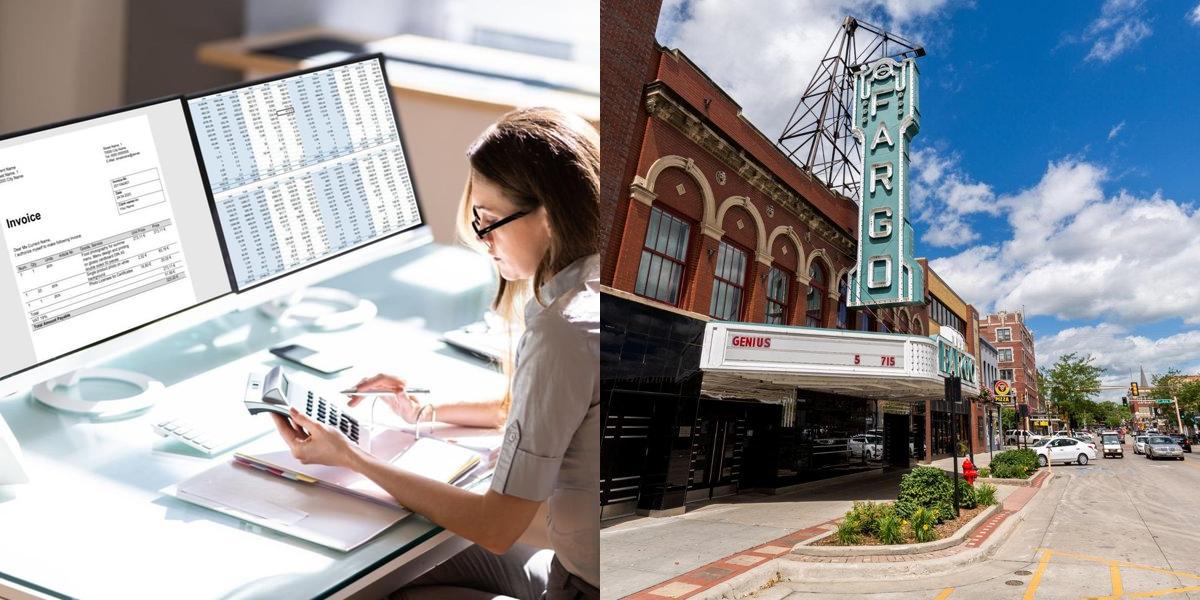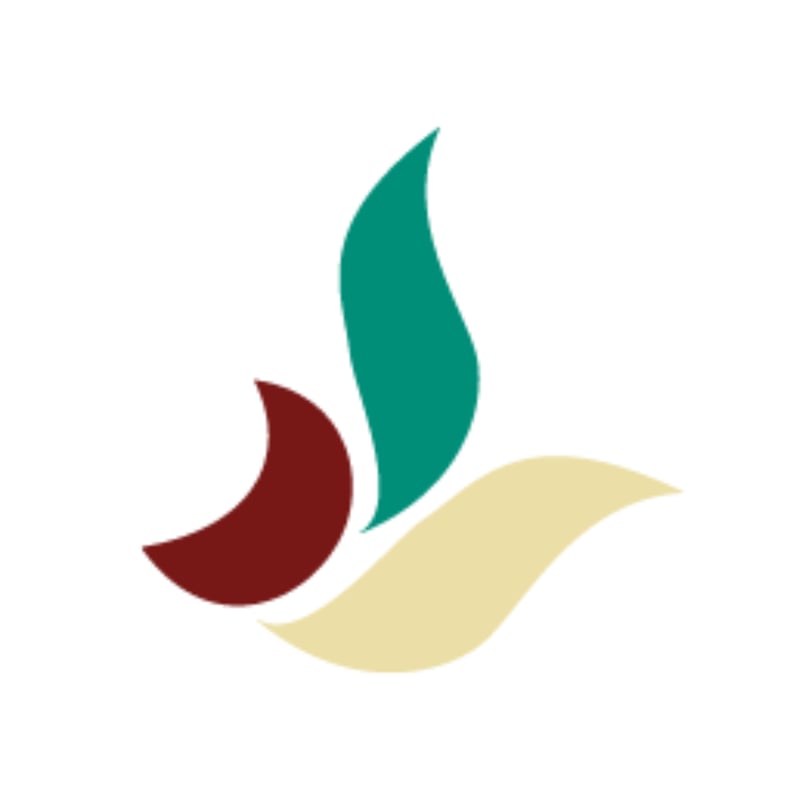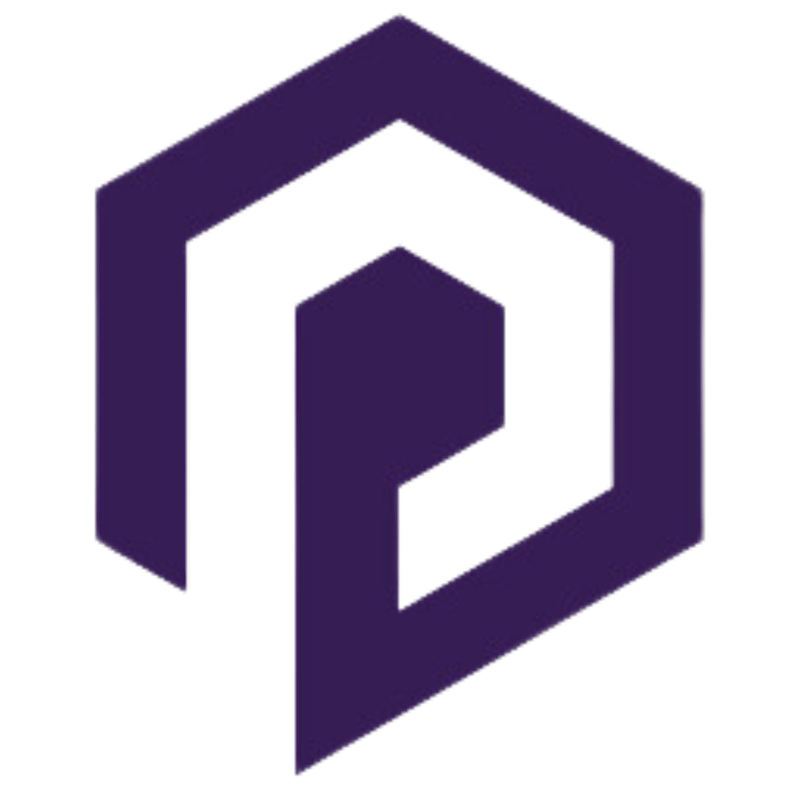How to Become a Medical Biller and Coder in North Dakota

Medical billers and coders play a crucial role in the healthcare industry by ensuring accurate coding and billing for medical services. If you are interested in pursuing a career in this field in North Dakota, here are some key points to consider:
Article continues after recommendations
Recommended for you
What is a Medical Biller and Coder?
Medical billers and coders are responsible for translating medical procedures, diagnoses, and treatments into standardized codes. They work closely with healthcare providers, insurance companies, and patients to ensure proper billing and reimbursement. Some of their key responsibilities include:
-
Reviewing medical records and assigning appropriate codes
-
Verifying patient information and insurance details
-
Submitting claims to insurance companies for reimbursement
-
Following up on unpaid claims and resolving billing discrepancies
-
Maintaining patient confidentiality and adhering to medical coding guidelines
Where do a Medical Biller and Coder work?
Medical billers and coders can find employment opportunities in various healthcare settings, including:
-
Hospitals and medical centers
-
Physician's offices and clinics
-
Insurance companies
-
Nursing homes and long-term care facilities
-
Medical billing and coding companies
How to Become a Medical Biller and Coder in North Dakota?
To become a medical biller and coder in North Dakota, start by completing education requirements, and earn a diploma or certificate from an accredited program. Next, obtain certification such as Certified Professional Coder (CPC) or Certified Coding Associate (CCA) to demonstrate expertise. Then, search for job opportunities in healthcare settings to process medical claims accurately, ensuring proper reimbursement.
What are the requirements to become a Medical Biller and Coder in North Dakota?
To become a medical biller and coder in North Dakota, you typically need to meet the following requirements:
Education:
-
Obtain a high school diploma or GED equivalent.
-
Complete a formal training program in medical billing and coding, which can be obtained through vocational schools, community colleges, or online platforms like Dreambound.
Legal Requirements:
- While not mandatory, obtaining a professional certification can enhance job prospects. The American Academy of Professional Coders (AAPC) and the American Health Information Management Association (AHIMA) offer certifications for medical billers and coders.
Where can I find Medical Biller and Coder classes in North Dakota?
If you're interested in pursuing medical billing and coding training in North Dakota, Dreambound is the largest platform that can help you find and compare vocational training programs. Dreambound offers a comprehensive directory of accredited schools and programs, allowing you to easily find classes near you.
Remember, a career in medical billing and coding can be a rewarding choice, providing you with opportunities to contribute to the healthcare industry while enjoying job stability and growth.
Get courses selected just for you
Try our powerful search engine
Article continues after recommendations
More recommendations for you
Exploring a Career in Medical Billing and Coding Outside North Dakota
If you've been inspired to follow the path of a Medical Biller and Coder but geography isn't on your side, worry not. Your aspiration to become a Medical Biller and Coder is within reach in Hawaii, Idaho, Nevada, Washington, or Wyoming. For those who don't find these options feasible, Dreambound enables you to effortlessly find and evaluate Medical Billing and Coding classes by simply searching with a zip code. Armed with determination and Dreambound, anyone, anywhere, can achieve a career in healthcare.
How do I get my Medical Biller and Coder certification?
If you are interested in pursuing a career in medical billing and coding, obtaining a certification is an essential step toward achieving your goal. Certification provides validation of your skills and knowledge in this field, making you stand out to potential employers. Here are the steps to get your medical biller and coder certification:
-
Research certification options: There are several organizations that offer medical billing and coding certifications, such as the American Academy of Professional Coders (AAPC) and the American Health Information Management Association (AHIMA). Research these organizations and their certifications to determine which one aligns with your career goals.
-
Meet the eligibility requirements: Each certification program has its own eligibility requirements. Typically, you will need a high school diploma or equivalent to qualify for the certification exam. Some programs may also require completion of specific training courses or a certain amount of work experience in the field.
-
Enroll in a training program: While not always mandatory, completing a medical billing and coding training program can greatly enhance your knowledge and skills in this field, increasing your chances of passing the certification exam. Look for accredited programs that cover the necessary topics, such as medical terminology, coding systems, reimbursement methodologies, and healthcare regulations.
-
Gain practical experience: Hands-on experience is crucial in the field of medical billing and coding. Consider seeking internships or entry-level positions in healthcare facilities or medical billing companies to gain practical experience and apply what you have learned in your training program. This experience will not only boost your confidence but also make you more attractive to employers.
-
Study for the certification exam: Once you have completed your training program and gained some practical experience, it's time to start preparing for the certification exam. Review the exam content outline provided by the certification organization and create a study plan. Use study materials, practice exams, and online resources to enhance your knowledge and improve your test-taking skills.
-
Register for the certification exam: After thorough preparation, you can register for the certification exam. Follow the instructions provided by the certification organization to complete the registration process. Be aware of the exam dates and locations, as well as any fees that may be applicable.
-
Take the certification exam: On the day of the exam, arrive early, well-rested, and prepared. Follow the instructions provided by the exam proctors and do your best to answer all the questions. Remember to manage your time effectively and not get stuck on difficult questions. Once you have completed the exam, submit it for grading.
-
Maintain your certification: Once you have passed the certification exam and obtained your medical biller and coder certification, it is important to maintain it by fulfilling any continuing education requirements. Stay updated on the latest changes and advancements in the field through professional development opportunities, such as workshops, seminars, and webinars. This will ensure that your skills and knowledge remain current and relevant.
How do I get a job as a Medical Biller and Coder?
After obtaining your medical biller and coder certification, the next step is to secure a job in this field. Here are some steps you can take to increase your chances of getting hired as a medical biller and coder:
-
Update your resume: Tailor your resume to highlight your relevant skills, education, and experience in medical billing and coding. Include any certifications you have obtained and any internships or work experience you have in the field. Be sure to emphasize your attention to detail, organizational skills, and knowledge of coding systems and healthcare regulations.
-
Network: Networking is a valuable tool in any job search. Join professional organizations related to medical billing and coding, such as the AAPC or AHIMA, and attend their events and conferences. Connect with professionals in the field through online platforms like LinkedIn. Networking can help you learn about job opportunities and make valuable connections in the industry.
-
Apply for entry-level positions: When starting out in the field, it is common to begin with entry-level positions. Look for job openings at hospitals, clinics, medical billing companies, and insurance companies. Even if the job description specifies that experience is required, don't hesitate to apply. Highlight your certification and any practical experience you have gained during your training.
-
Prepare for interviews: As you start receiving interview invitations, take the time to prepare. Research common interview questions for medical biller and coder positions and practice your answers. Be ready to discuss your knowledge of medical coding systems, your ability to navigate billing software, and your understanding of healthcare regulations. Also, prepare questions to ask the interviewer to show your interest in the position and the company.
-
Showcase your skills during the interview: During the interview, be confident and professional. Highlight your attention to detail, problem-solving skills, and ability to work well under pressure. Provide examples from your training or work experience that demonstrate your ability to accurately code medical procedures, handle insurance claims, and work with electronic health records.
-
Follow up after the interview: After the interview, send a thank-you email or letter to the interviewer to express your appreciation for their time. This gesture shows your professionalism and can help you stand out from other candidates.
-
Continue learning and growing: Once you have secured a job as a medical biller and coder, continue to enhance your skills and knowledge in the field. Stay updated on changes in coding systems, healthcare regulations, and reimbursement methodologies. Seek opportunities for professional development, such as attending conferences or taking advanced training courses. This continuous learning will not only help you excel in your current role but also open up further career opportunities in the future.
Career Paths and Opportunities after Becoming a Medical Biller and Coder
Becoming a certified medical biller and coder opens up various career paths and opportunities in the healthcare industry. Here are some potential career paths you can explore:
-
Medical coding specialist: As a medical coding specialist, your primary responsibility is to assign specific codes to medical procedures and diagnoses for reimbursement purposes. You will ensure accuracy and compliance with coding guidelines, such as the International Classification of Diseases (ICD) and Current Procedural Terminology (CPT) manuals. This role requires strong attention to detail and knowledge of coding systems.
-
Medical billing specialist: Medical billing specialists focus on processing and submitting claims to insurance companies for reimbursement. They are responsible for ensuring that claims are accurate, complete, and compliant with billing regulations. This role requires knowledge of medical billing software, insurance guidelines, and reimbursement methodologies.
-
Medical records technician: In this role, you will manage and organize patient health records, ensuring that they are accurate and complete. You will be responsible for coding diagnoses and procedures, maintaining patient confidentiality, and ensuring compliance with healthcare regulations. This role requires attention to detail and knowledge of electronic health record systems.
-
Compliance officer: Compliance officers ensure that healthcare facilities and organizations adhere to legal and regulatory requirements. They ensure that medical billing and coding practices comply with relevant laws, such as the Health Insurance Portability and Accountability Act (HIPAA) and the Affordable Care Act (ACA). This role requires a strong understanding of healthcare regulations and the ability to analyze and interpret complex policies.
-
Medical office manager: With experience and additional training, you can pursue a career as a medical office manager. In this role, you will oversee the day-to-day operations of a medical office or healthcare facility. Your responsibilities may include managing staff, handling financial operations, implementing policies and procedures, and ensuring compliance with healthcare regulations.
-
Auditor: Medical billing and coding auditors review medical records, claims, and coding practices to ensure accuracy, compliance, and proper reimbursement. They identify any discrepancies or errors and provide feedback to improve coding and billing processes. This role requires a strong knowledge of coding systems and regulations, as well as excellent analytical and problem-solving skills.
These are just a few examples of the career paths and opportunities available to certified medical billers and coders. With experience, additional education, and continuous professional development, you can explore various roles and advance in your career.
Final Thoughts
Obtaining your medical biller and coder certification is a crucial step toward a successful career in this field. By following the steps outlined in this article, you can increase your chances of securing a job and open up various career paths and opportunities. Remember to continue learning and growing in your role, staying updated on industry changes and advancements. With dedication and perseverance, you can build a rewarding career as a medical biller and coder.
If you're considering a career shift or curious about different professional paths, Dreambound has written many guides to help you in making informed decisions. Here are a few:

Athena is Co-founder and CEO of Dreambound.






